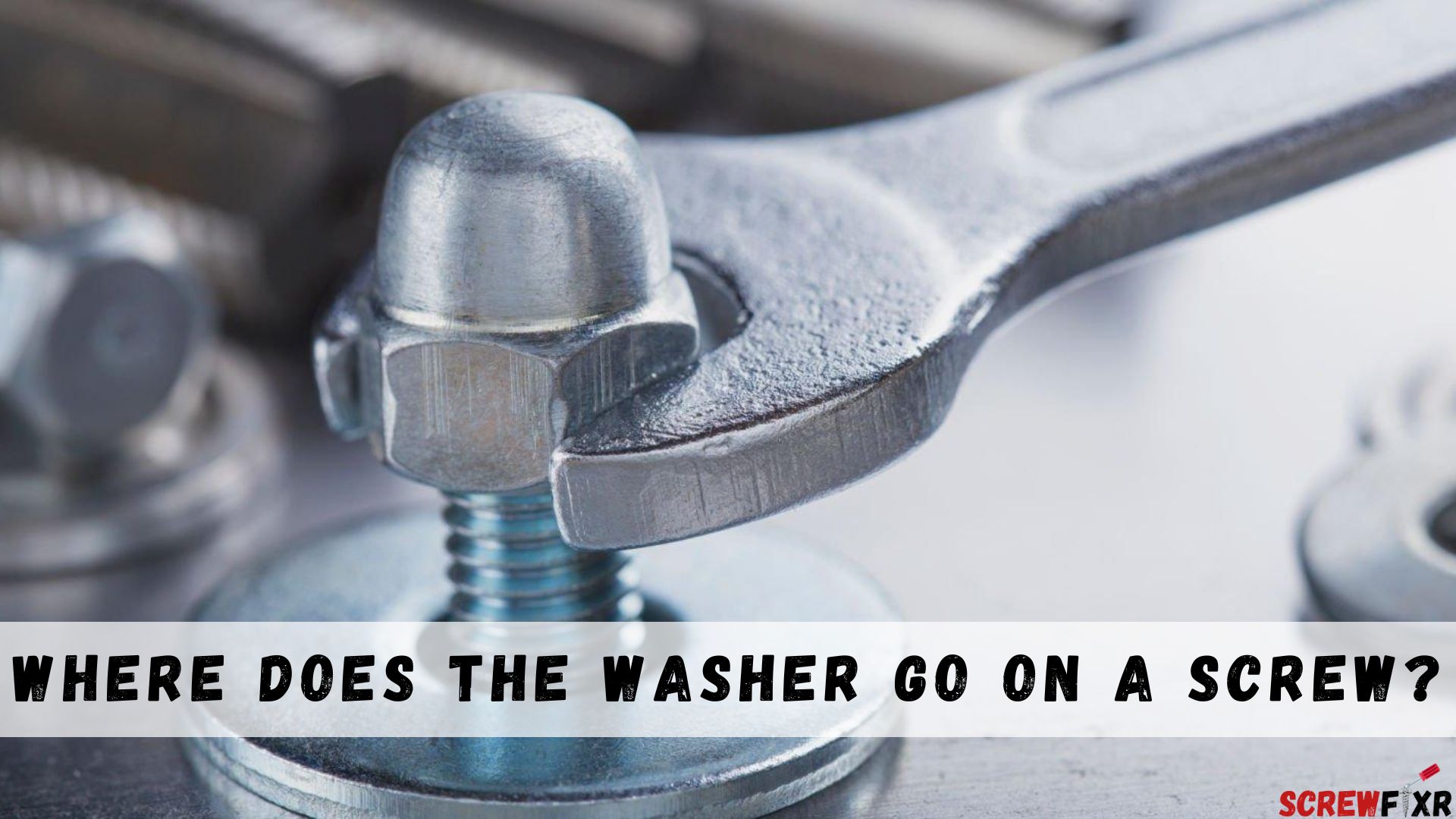Do you know the right placement of a washer on a screw? If not, don’t worry, we are here to let you know everything about it. A washer should be placed under the head of the screw, and the screw should go through the hole in the center of the washer. This will distribute the force evenly and prevent the screw from stripping out of the wood or other material it’s being used on. According to experts, using a washer can improve the holding power of screws by up to 50%.
So, why wait? Get ready to learn about the right placement of a washer on a screw in detail. This guide is designed to provide you with a complete understanding of this essential aspect of DIY projects. Let’s dive in and get started.
The Purpose of a Washer
A washer is a small, flat piece of metal or plastic that is placed between a screw and the surface it is attached to.
The primary purpose of a washer is to distribute the force of the screw evenly and prevent it from stripping out of the material it is being used on. This way, a washer helps to ensure a secure and stable attachment.
Washers also help to prevent damage to the surface being attached to, as they provide a wider surface area for the screw to bear against. All in all, the use of washers with screws can significantly improve their holding power and longevity.
Placement of a Washer on a Screw
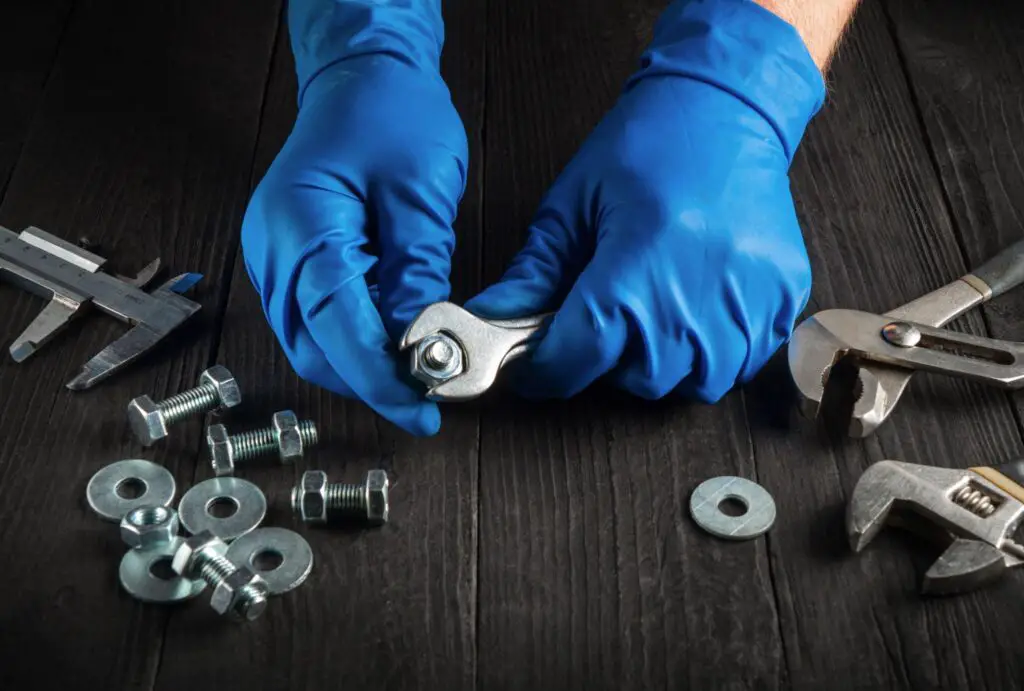
Factors to consider when placing a washer on a screw:
- Load and Stress: When placing a washer, it’s important to consider the amount of load and stress that will be placed on the screw and washer combination. The washer helps distribute the load evenly and reduce stress concentration, so it’s important to choose the right size and type of washer for the job.
- Type of Screw: The type of screw used can also impact the placement of the washer. For example, wood screws may require a larger washer than machine screws, as the head of the wood screw is often countersunk and requires a larger surface area for the washer to sit on.
- Type of Material Being Fastened: The type of material being fastened can also impact the placement of the washer. Harder materials may require a harder washer to prevent deformation, while softer materials may require a softer washer to prevent damage.
By considering these factors, you can ensure that the washer is placed in the optimal position for maximum efficiency and reliability in your fastening application.
Common placement of a washer on different types of screws
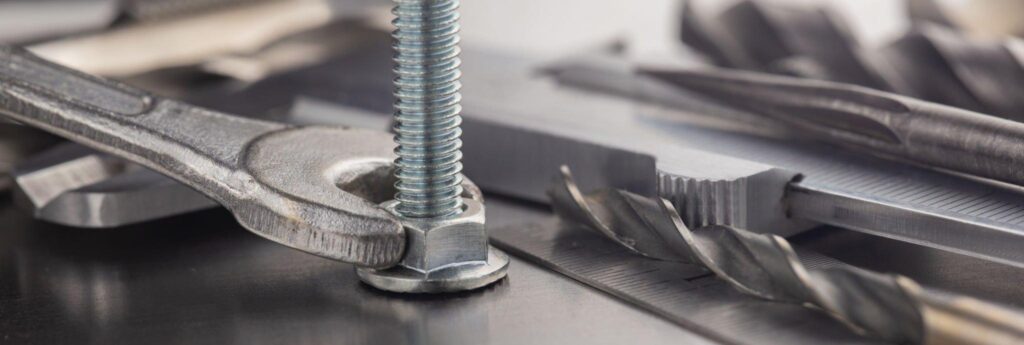
Machine Screws: Machine screws are typically placed with a washer between the screw head and the material being fastened. This helps distribute the load evenly and prevent damage to the material. The washer should be large enough to provide adequate surface area for the screw head to sit on, but not so large that it interferes with the screw thread.
Sheet Metal Screws: Sheet metal are often used to fasten thin metal sheets and can be placed with a washer between the screw head and the material being fastened. The washer helps distribute the load and prevent damage to the material but should be small enough to not interfere with the screw thread.
Wood Screws: This type is often placed with a washer between the head and the material being fastened. The washer helps distribute the load and prevent damage to the wood but should be large enough to provide adequate surface area for the head to sit on. In some cases, a flat washer may be used, while in others, a fender washer may be used to provide additional surface area.
Lag Screws: These are typically used for heavy-duty applications and are often placed with a washer between the screw head and the material being fastened. The washer helps distribute the load and prevent damage to the material and should be large enough to provide adequate surface area for the head to sit on. A fender washer may be used for additional surface area and to help prevent the screw from sinking into the material.
Importance of Proper Placement of a Washer
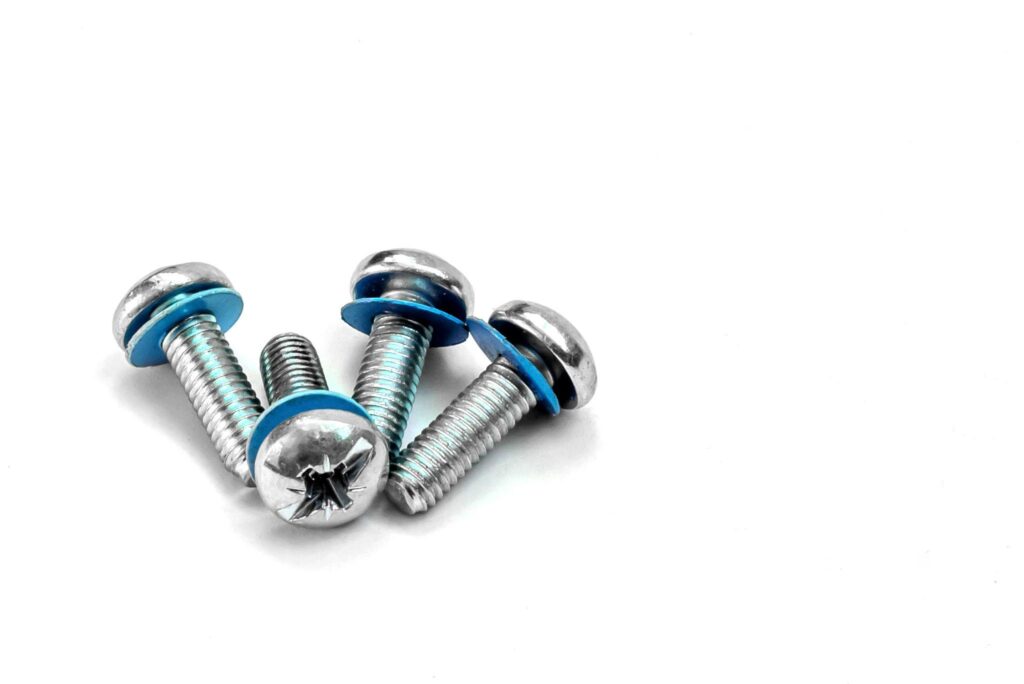
The proper placement of a washer is essential for several reasons:
- Load Distribution: The washer helps distribute the load placed on the screw and fastened material evenly, reducing the stress concentration and preventing damage to the material.
- Preventing Material Damage: A well-placed washer can help prevent damage to the material being fastened, by providing a larger surface area for the screw head to sit on and by distributing the load evenly.
- Improving Fastener Efficiency: A properly placed washer can improve the efficiency of the fastener by preventing it from loosening over time, which can result in a more secure connection and a longer lifespan for the fastener.
- Aesthetics: In some applications, a washer can also improve the aesthetics of the fastener by hiding the screw head and providing a clean, finished look.
FAQ About Washer Placement On Screw
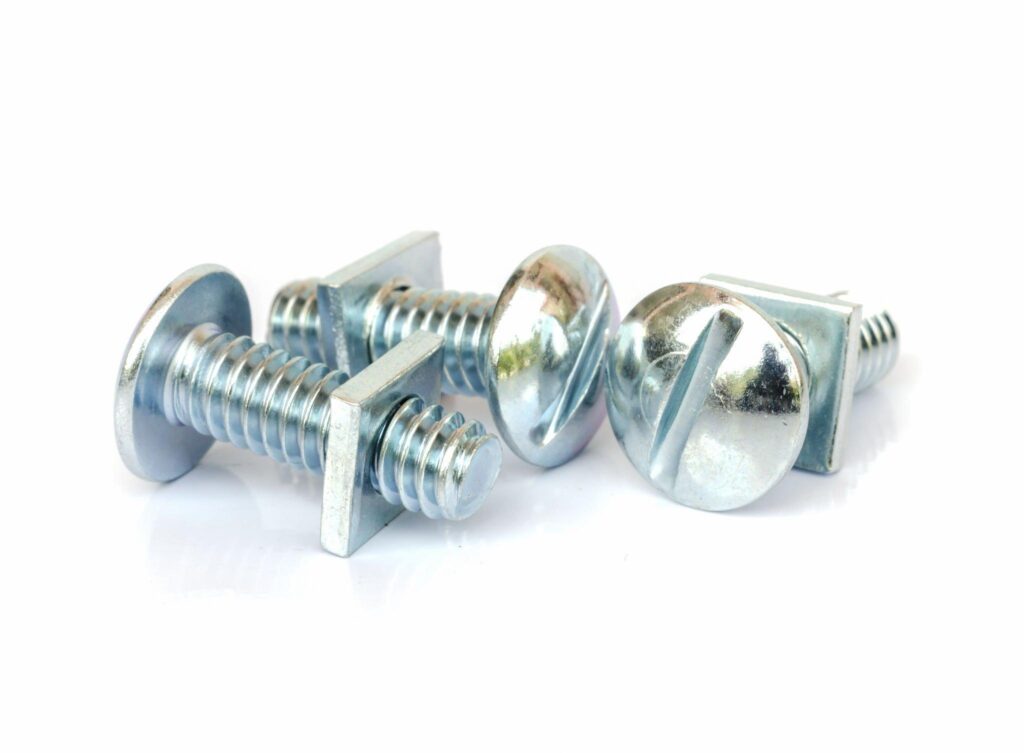
Where do you put washers on screws?
A washer is typically placed between the screw head and the material being fastened. This helps distribute the load and prevent damage to the material. The placement of the washer can vary depending on the type of screw and the material being fastened, so it’s important to consider the load and stress placed on the fastener, as well as the type of screw and material when determining the appropriate placement for the washer.
How should a washer fit on a screw?
The washer should fit snugly on the screw head and provide adequate surface area for the screw head to sit on. The washer should not interfere with the screw thread and should be large enough to provide proper load distribution, but not so large that it interferes with the screw thread.
Where do washers go on bolts?
Washers on bolts are typically placed between the bolt head and the material being fastened, in a similar manner as for screws. The placement of the washer can vary depending on the type of bolt, the material being fastened, and the load and stress placed on the fastener.
What happens if I don’t use a washer?
If a washer is not used, the load and stress from the screw or bolt will be concentrated on a small area, which can result in damage to the material being fastened and potentially cause the fastener to loosen over time.
Do washers make screws tighter?
Washers do not make screws tighter, but they do help distribute the load and prevent the screw from loosening over time. By providing a larger surface area for the screw head to sit on, washers can help prevent the screw from sinking into the material, which can reduce the risk of the screw coming loose.
Conclusion
Where does the washer go on a screw? By considering the load and stress placed on the fastener, as well as the type of screw and material being fastened, you can determine the optimal placement for the washer. Proper placement of a washer helps distribute the load evenly, prevent damage to the material, improve the efficiency of the fastener, and in some cases, enhance the aesthetics of the fastener.
You Might Also Like:
How Long Will Zinc Screws Last Outside
Can I Use a Self Tapping Screw as a Ground Screw? Explained

